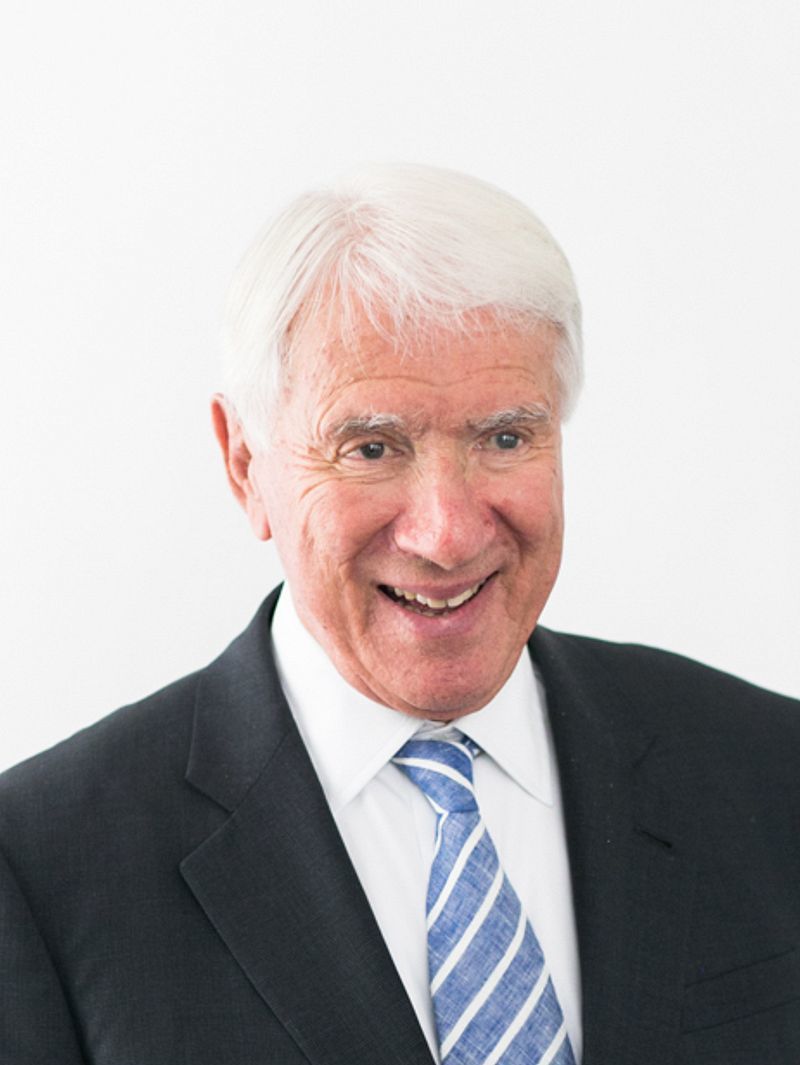
Seeing the wood for the trees
Cutting down trees has become the equivalent of smoking in public here in the UK, writes Paul Finch.
As we should all know, the only circumstances whereby trees release their embodied carbon is when they rot, or when they burn. One critical question in respect of a felled tree is, therefore, what will the wood be used for? Use for construction or furniture makes for quite a good carbon story. The other big question is, what are you doing about replacing what you have destroyed? If the answer is ‘planting more than we have removed’ then there may be a case for supporting felling.
Unfortunately, organizations (especially public authorities) are usually so defensive about tree-felling that they rarely make the argument for its positive virtues, instead going about their business in a secretive way that makes everyone who cares about nature suspicious as to their motives.
In recent months, we have had the example of Sheffield City Council bringing an axe, literally and metaphorically, to street trees on the spurious grounds that it costs money to clear up the leaves in autumn. On that basis, we should not have any trees at all, at least of the deciduous sort. Elsewhere, Lib Dem councillors in Cambridgeshire have brought down the wrath of environmentalists and aesthetes by proposing the felling of a beautiful orchard in the village of Coton, in order to install an allegedly ‘green’ transport route.
Worst of all, Plymouth City Council felled 110 town centre trees, carrying out the work at night before a legal injunction forced the contractors to stop. The renowned nature campaigner Chris Packham, described the felling as an act of ‘despicable vandalism’. The leader of the council has resigned and nobody knows what will now happen to the town centre strategy plan which supposedly includes more trees than have been felled.
Tree-planting is generally a popular as well as carbon-friendly activity. Fifty years ago, the only architect Member of Parliament in the UK, Sydney Chapman, organized and became the public face of the ‘Plant a tree in 1973’ campaign, followed a year later by ‘Plant some more in 1974’.
At that time we didn’t know much about the effects of carbon generation, but there was a general feeling that trees were a good thing, and that the historic deforestation which took place here and across Europe, should be redressed. The most significant planting programme has been the creation of the 200 square mile National Forest in the Midlands, transforming areas of post-industrial dereliction with tens of thousands of new trees. Forests, and forestry, are back.
This trend is likely to last longer than the mania for using timber (‘biomass’) for the 78 allegedly carbon-friendly power stations now operating in the UK. EU scientific groups have claimed that these power stations, including Drax (which has received many billions of pounds in public subsidies for importing wood pellets produced in the USA and shipped to Britain) may actually do harm to the environment rather than help it. Former Business Secretary Kwasi Kwarteng said he found it hard to believe this process is sustainable. The subsidies are due to end in 2027, but the Drax owners are dreaming up news ways of justifying their continuation.
On a more positive note, World Architecture Festival has its own ‘WAFwood’ project. We will be planting a tree for every award entry we receive this year, predicted to be more than 1,000. We will bring further news when the tree-planting season begins in the UK – and look forward to showing the emerging results on our website.
Singapore welcome
WAF enjoyed a reunion with old friends and contacts, and the chance to make new ones, during a team visit to Singapore earlier this month. Although the skyline has changed since we last held the Festival there (2015), the general positive spirit of the city state is alive and well.

Big news is the plan for a fourth tower at Marina Bay Sands, the iconic Moshe Safdie hotel, convention, expo and shopping complex where WAF holds its events. Separated from the existing three towers, the proposals includes an arena, and promises new heights of luxury in its hotel accommodation – seven stars, whatever exactly that means.
MBS was buzzing throughout our visit, not least in the ArtScience Museum, where director Honor Harger not only has a magnificent digital immersive permanent display, loved by adults and children alike, but a current exhibition called Sneakertopia, celebrating the design of the sneaker and its relation to street culture in recent decades. A triumph.
Remembering Rafael Vinoly and Gene Kohn
Rafael Vinoly died unexpectedly, aged 78, on 2 March. A great contributor to WAF, he chaired a superjury in Barcelona and was a keynote speaker in Berlin, where he warned of the external threats to the health of the profession. A cultured architect, he was a brilliant pianist and spirited presenter of architectural ideas which were uncompromising and frequently inspirational.

Rafael Vinoly on the main stage at WAF in Berlin 2017
His Tokyo Forum development brought him to international prominence, remaining one of his best buildings, as he worked on projects across the world, never worried about controversy, whether in relation to his ‘needle tower’ apartment block in New York, or the ‘Walkie Talkie’ office tower in London, where his fellow architect was Cristina Seilern.
Also in London, working closely with John Drew, he achieved one of the biggest masterplanning permission in the history of the capital with his Battersea Power Station proposal, part-opened and now being built out and already making its mark as a major addition to London south of the Thames.
His presentations were as brilliant as his piano-playing, involving his trademark sets of glasses strung around his neck, and a South American accent which managed to make financiers (pronounced feenanseers) sound exotic.
Rafael was a friend and supporter. Irreplaceable.
Kohn Pedersen Fox was founded in 1976; Gene Kohn, who died recently at 92, was the globe-trotting job-getter whose drive ensured the success and expansion of a global practice. He once told me how his meticulous dosage measurement of sleeping tablets allowed him to avoid jet lag, which was just as well given his travel schedules.
Gene was a good artist, a generous host (his annual dinner in St Paul de Vence during Mipim week was always a pleasure) and a very decent man. He will be much missed.

Eugene (Gene) Kohn, Co-Founder of Global Architecture Firm Kohn Pedersen Fox
Founder Partner






